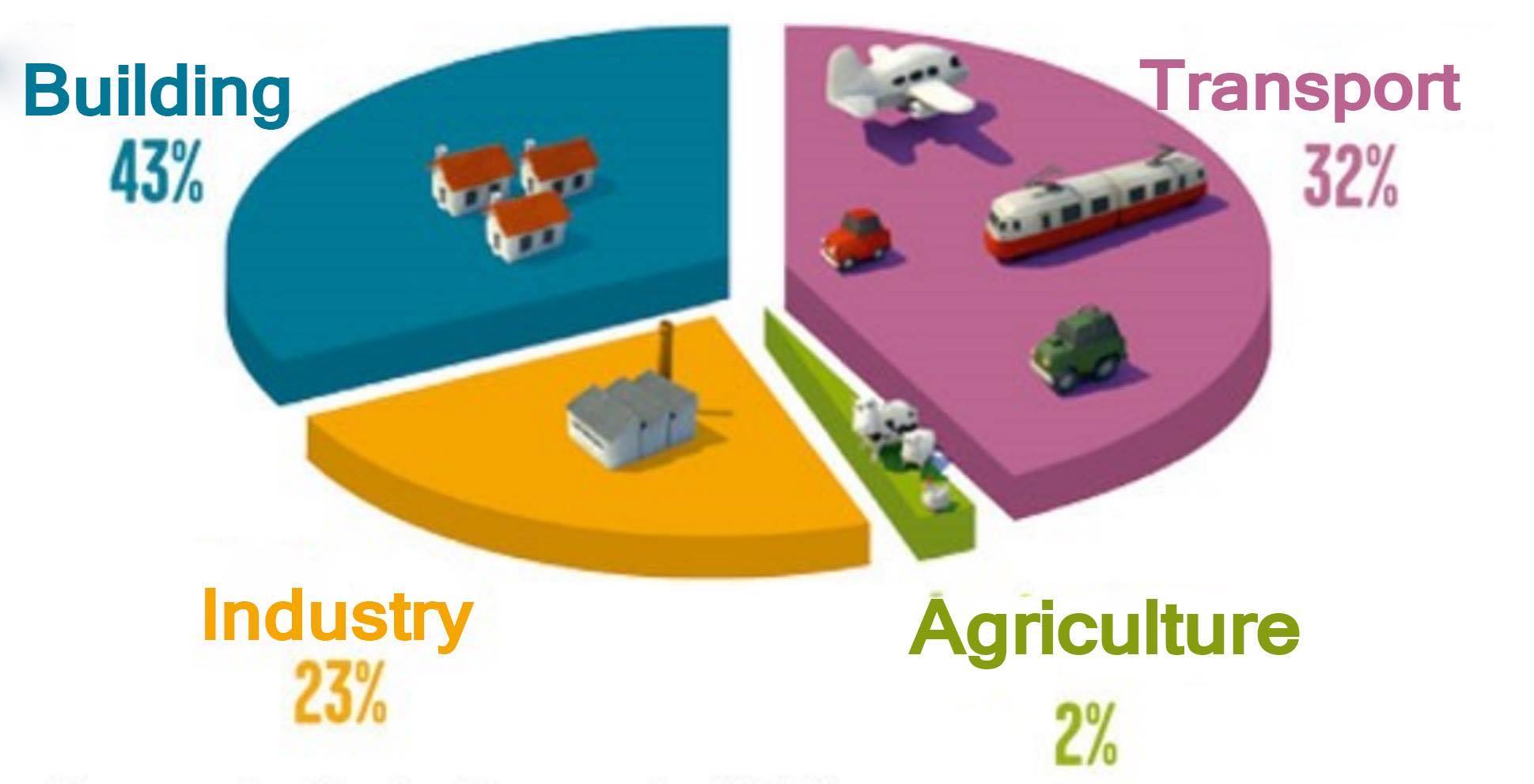Management of missing data in building thermics
| The internship is a follow-up of a semester project. The report is available here. |

Internship report
1 st year master CSMI
Management of missing data in building thermics

OUACHOUR Hanane and MADANI Sarra Amel
Under the leadership of:
STOLL Yannick, DJATOUTI Zohra
and
PRUD'HOMME Christophe
1. Introduction
1.1. Context
In the European Union, the building sector is the largest consumer of energy. In France, it accounts for 43% of the energy consumed, far ahead of the transport sector (32%). Each year, the building sector emits more than 123 million tonnes of C02, making it one of the key areas in the fight against global warming and energy transition. It is difficult nowadays to concede to the various problems that the building sector faces in general. To make this more energy-efficient, a massive renovation of existing buildings and the development of stricter standards in terms of energy consumption for new buildings will help reduce energy bills.
1.2. Presentation of the internship
An internship of two months was carried out in telework because of the health crisis caused by the corona-virus, and this during the 2nd semester of the CSMI(Calul Scientifique et Mathématiques de l’Information) master 1. This is the continuation of the semester project whose report is available under this link.
This internship was offered by Synapse Concept, which is an engineering and technical studies company in the field of fluids and heating, air conditioning, ventilation, sanitation and hygiene, and the Cemosis team (The Strasbourg Centre for Modelling and Simulation), directed by Christophe Prud’homme, professor of applied mathematics at the University of Strasbourg, and whose aim is to link mathematics, business, and other disciplines.
As part of our internship, a study of the different methods used to analyze the options taken to ensure the comfort of living and the energy efficiency of buildings was carried out. The energy efficiency of buildings is the ratio of the energy used by a building to the energy it consumes. It is important to pay attention to it because it has a direct link to global warming. Heating, ventilation, and air-conditioning is the biggest energy cost, especially for companies in the tertiary sector.
This is where the learning machine and artificial intelligence come into play: thanks to connected sensors and the IoT, which monitor not only consumption but also a considerable amount of data from a room (temperature, humidity, sound, pir, and light) and process them, it is now possible to automatically modify the temperature, brightness, ventilation, depending on presence. Consequently, the automatic learning algorithms are efficient tools that alone make the right decisions, based on their own statistics, to save energy, while maintaining user comfort.
Moreover, the costs of using these automatic learning methods are very low compared to renovation work. It only requires the use of connected sensors and a platform where the data is available.
1.3. Objectives
The first step of our internship is to finalize the work done at the project level, such as :
-
The systematic study of machine learning algorithms (imputation algorithm);
-
Query nodes picked randomly.
Thereafter, we will be interested in :
-
Weather prediction using LSTM (long short term memory) algorithms.
-
Forecast univariate and multivariate time series.
-
Set up comfort indices per sensor and per zone based on the data.
